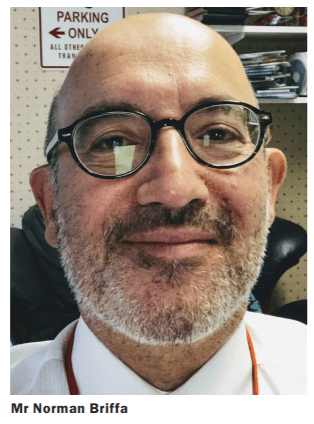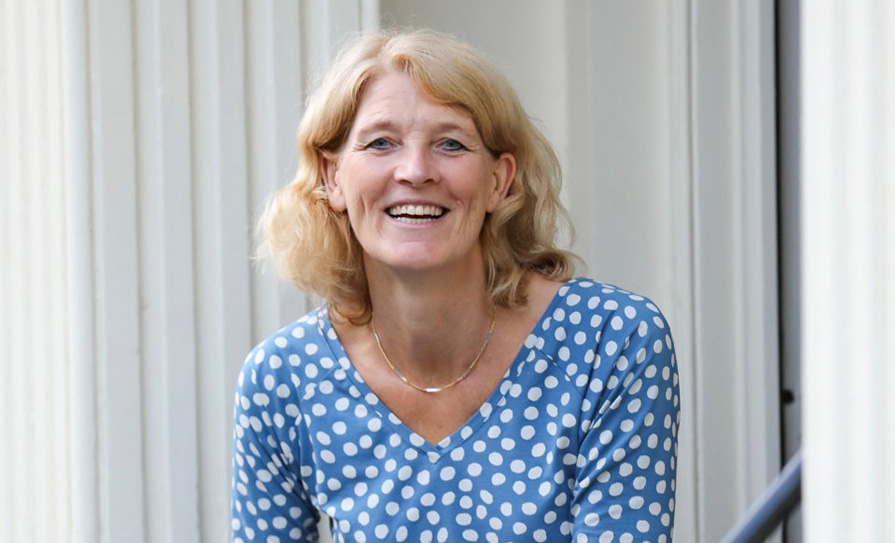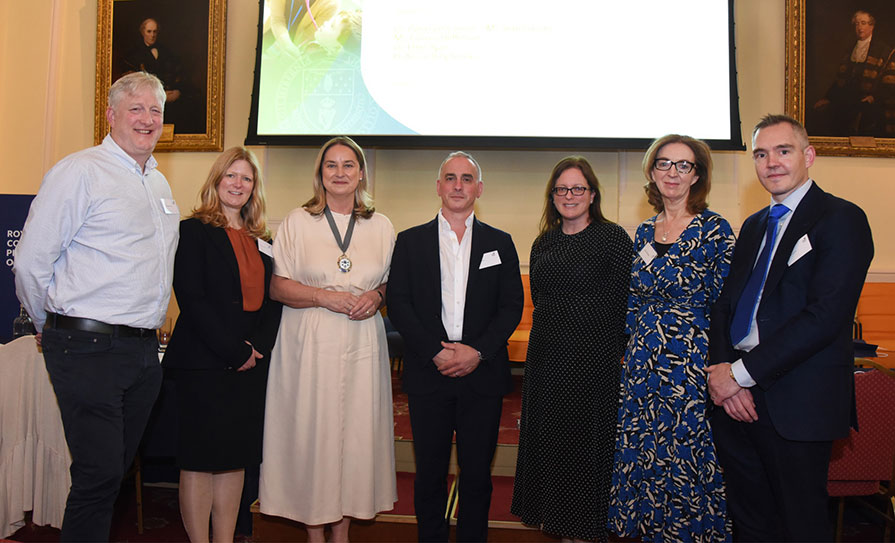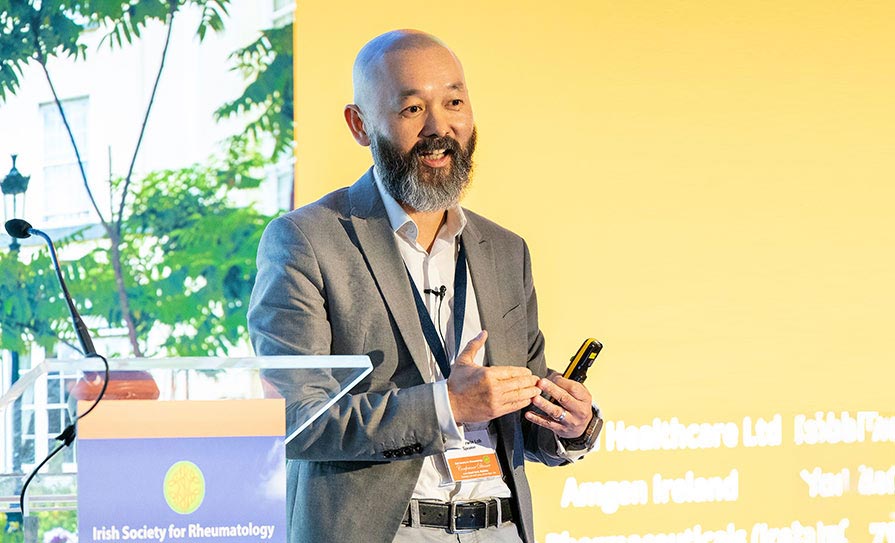Irish Cardiac Society 72nd Annual Scientific Meeting and AGM, virtual, 7-9 October 2021
The next keynote speaker at the ICS 72nd Annual Scientific Meeting and AGM was Mr Norman Briffa, Consultant Cardiologist and Reader at the University of Sheffield Medical School, UK. Mr Briffa is also a surgeon with vast experience in performing surgical aortic valve replacement (AVR). In a session chaired by Prof Ian Menown, Consultant Cardiologist and Director of Invasive Cardiology at the Craigavon Cardiac Centre, Northern Ireland, Mr Briffa spoke on the topic, ‘TAVI vs surgical valve replacement: The best approach?’
Mr Briffa presented an overview of current guidelines and challenged the hypothesis that the automatic treatment of choice for all patients with calcific aortic stenosis is transcatheter aortic valve implantation (TAVI). “The perfect prosthetic heart valve should open with minimal effort and require minimal LV power,” he told the meeting. “It should also have an adequate orifice area when the leaflets fully open, it should be competent when the leaflets are closed, it should be thromboresistant in the absence of anticoagulants, it should be resistant to infection, and the leaflets should never degenerate,” he said. “So the perfect prosthetic valve should be most like the healthy native valve. These are important things to keep in mind because at the end of the day, a TAVI device is like a surgically-implanted tissue heart valve – it is just a type of prosthetic heart valve.”
In his talk, he addressed what he calls the increasingly “default thinking” in this area, and PICO, European and US guidelines, and he provided a brief review of evidence, as well as the need for durability and medium-term evidence of outcomes after TAVI, and how “weaknesses in surgery can be mitigated”. PICO, he explained, is an acronym used by research teams in clinical trials, and stands for ‘Population’, ‘Intervention’ (TAVI), ‘Comparator’ (surgical aortic valve replacement with a tissue prosthesis), and ‘Outcome’. He presented a case study to illustrate how PICO is used to assess the predicted healthy life span of a patient following surgery or TAVI, depending on the health profile, as well as whether the procedure is advisable in certain patients.

He presented case studies to show how US and European guidelines are very different from each other. “There are different criteria, which I think confuses matters, and it is possible to have a patient in their mid-70s who has a very low risk of dying or suffering serious morbidity after surgical AVR.” He presented up-to-date research on surgical mortality and told the attendees:
“The ability to have a good look into the aortic route is a big advantage of surgery. The surgeon ensures that any debris that could embolise is removed and ensures, with their own eyes, that there is a good fit for a prosthesis.”
The downside of TAVI, he explained, lies in the device and how it is deployed, irrespective of patient risk, “whereas the downside of surgery is means- or procedure-based, ie, surgical complications, and we know that these are dependent on age and risk. The difference in five-year risk of disabling stroke or death after surgery or TAVI will probably be wider in the lower-risk patients, compared to the intermediate- or high-risk ones.”
There is now growing experience of completing surgical AVR through less-invasive incisions, he said, and these approaches lead to less bleeding and shorter hospital stays, as well as reduced admissions.
“Whichever side of the argument you are on, I think everybody would agree that adopting a multidisciplinary approach
where multiple treatment strategies are available is sensible,” said Mr Briffa. He quoted US surgeon Mr Michael Riordan, who stated: “We have to figure out what we think our patient’s survival is going to be versus what we think the valve’s survival is going to be.”
Mr Briffa added: “I would go further and wouldn’t just say survival, but patients’ healthy survival if the AS is treated successfully. I think TAVI is an amazing technology and because of it, we have been able to treat patients who previously were not treated at all. But when it comes to younger patients, I think considerations beyond the seduction of no anaesthetic and early mobilisation and early hospital discharge must be taken into account.
“This idea that avoiding surgery as the primary outcome in the treatment of a patient is a fallacy and serves neither
the patient or the healthcare system,” he continued. “Despite all this, I think the scenario where the patient will demand
a non-surgical solution will increase and it’s up to us to make sure we have the right information to help the patient make the right decision.”
Mr Briffa concluded: “Expectations and guidelines are running way beyond what the evidence says. Also, the guidelines are inconsistent and TAVI in the lower-risk patient is probably not a good thing for the patient and healthcare in general. Multidisciplinary teams need to be encouraged and supported by hospital administration to ensure they work well and more evidence and good decision aids to help doctors and patients make the right decision are urgently needed and, in time, AI and machine learning will help us and our patients to make the right decisions.”












Leave a Reply
You must be logged in to post a comment.